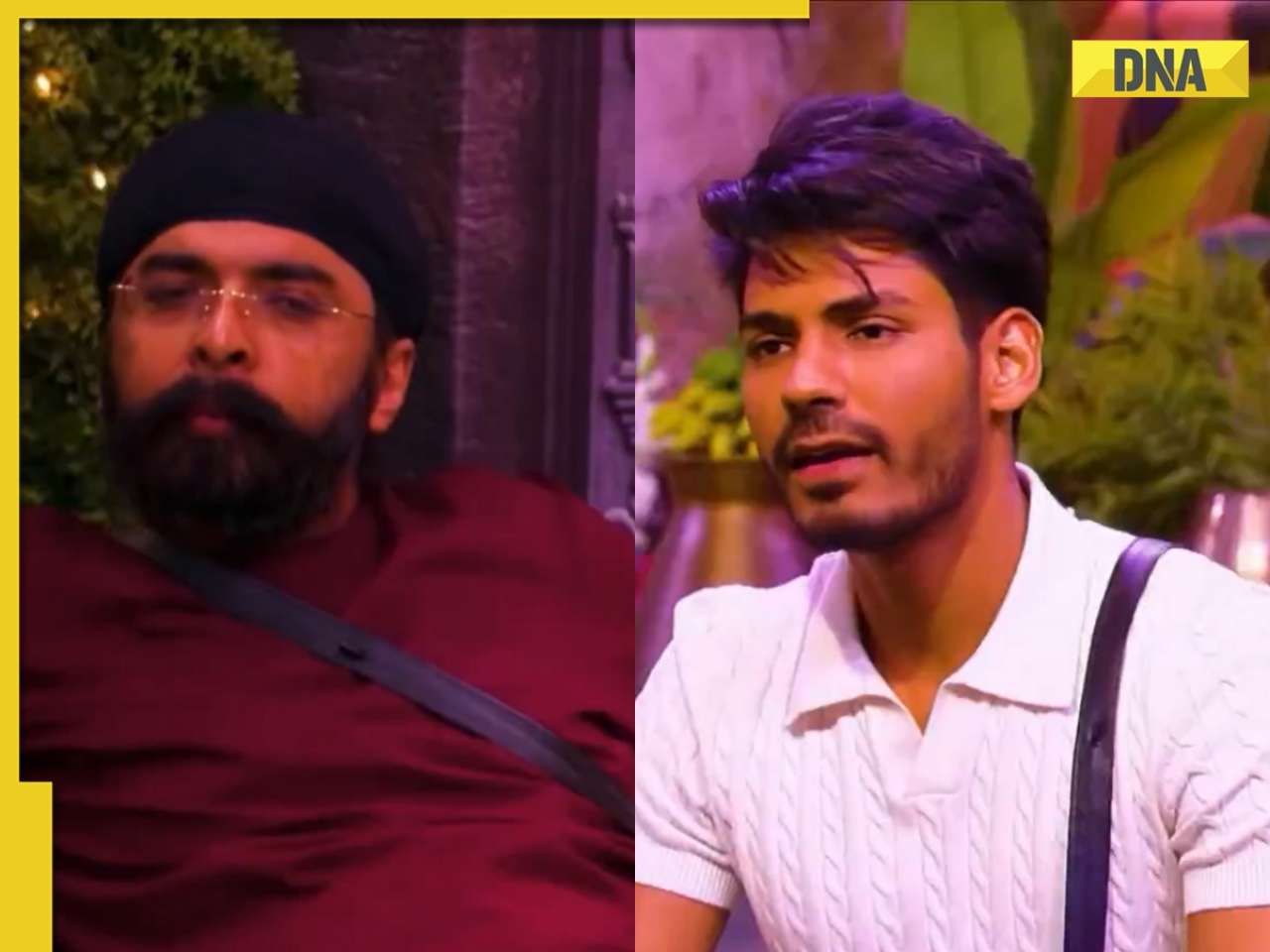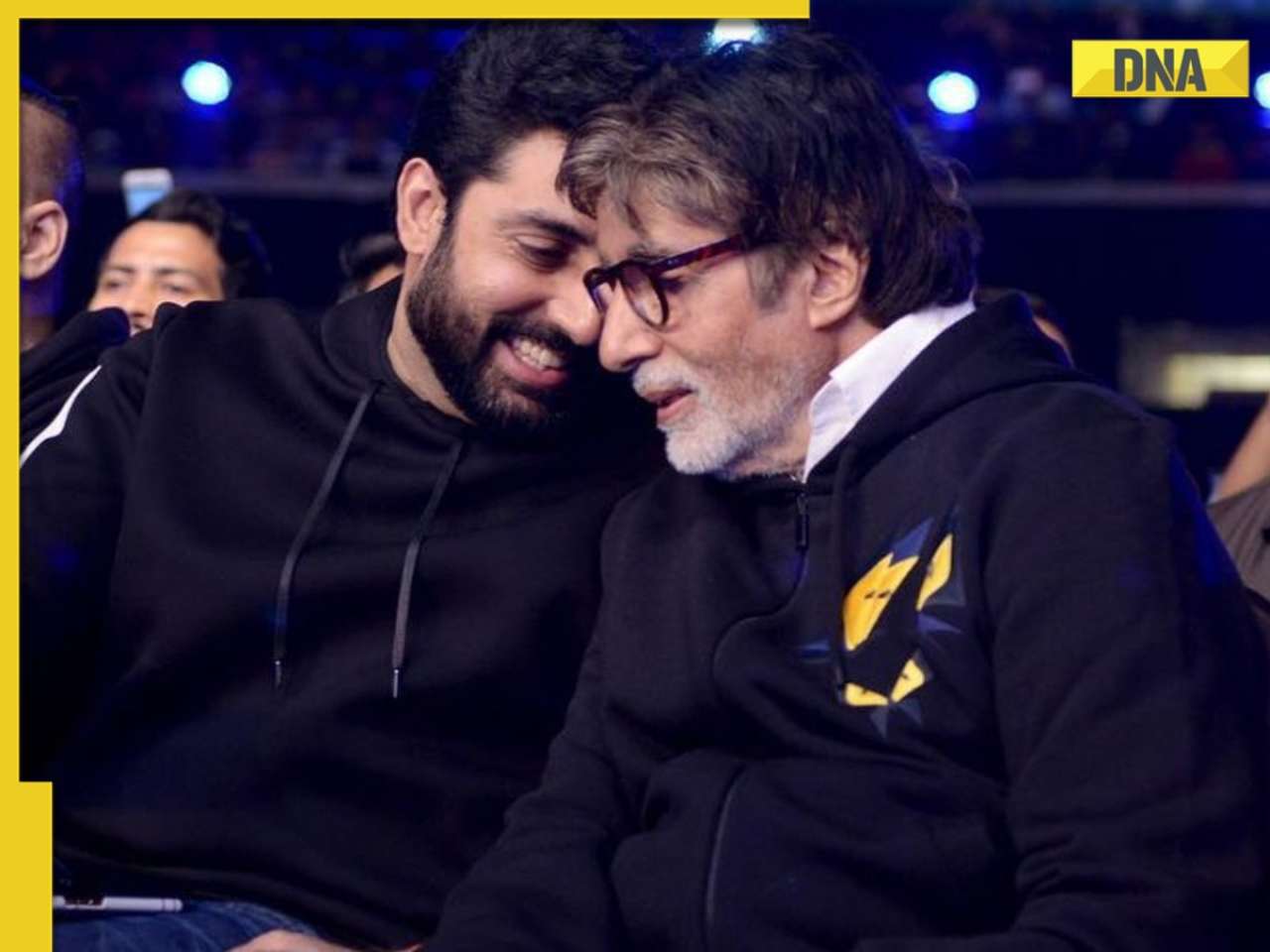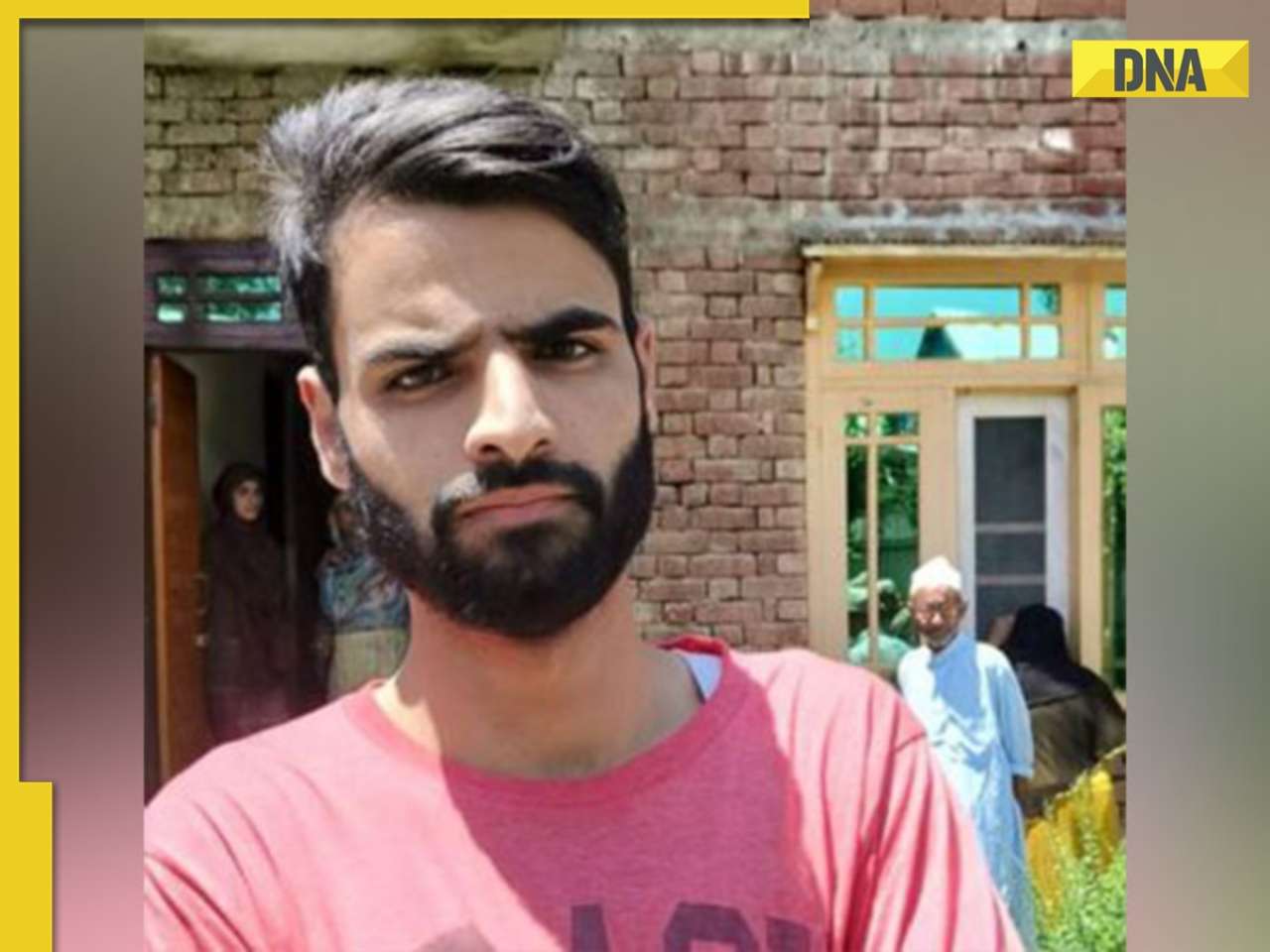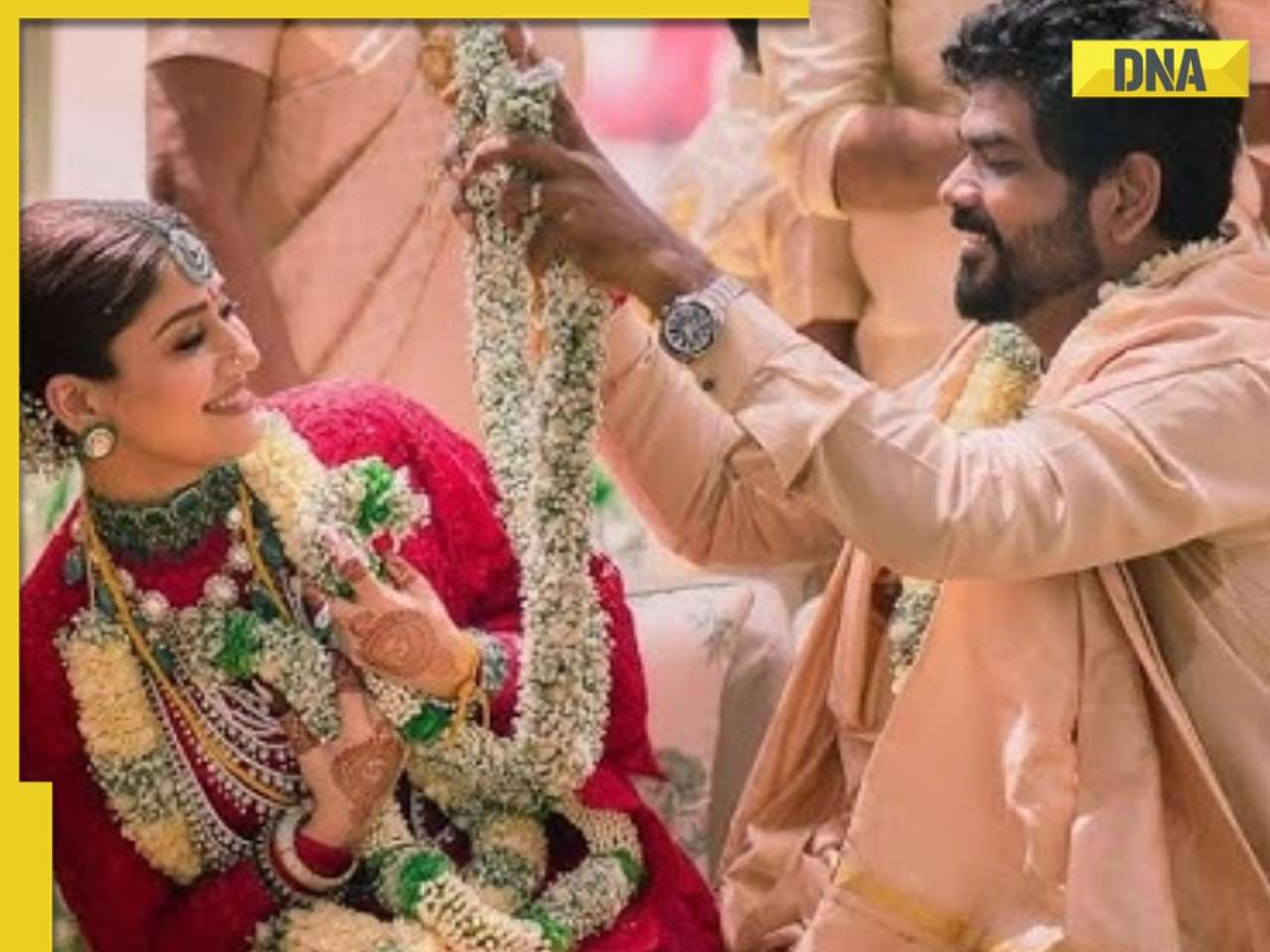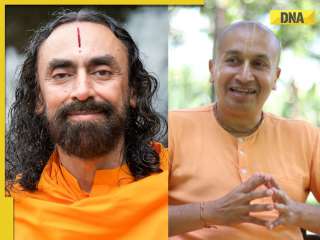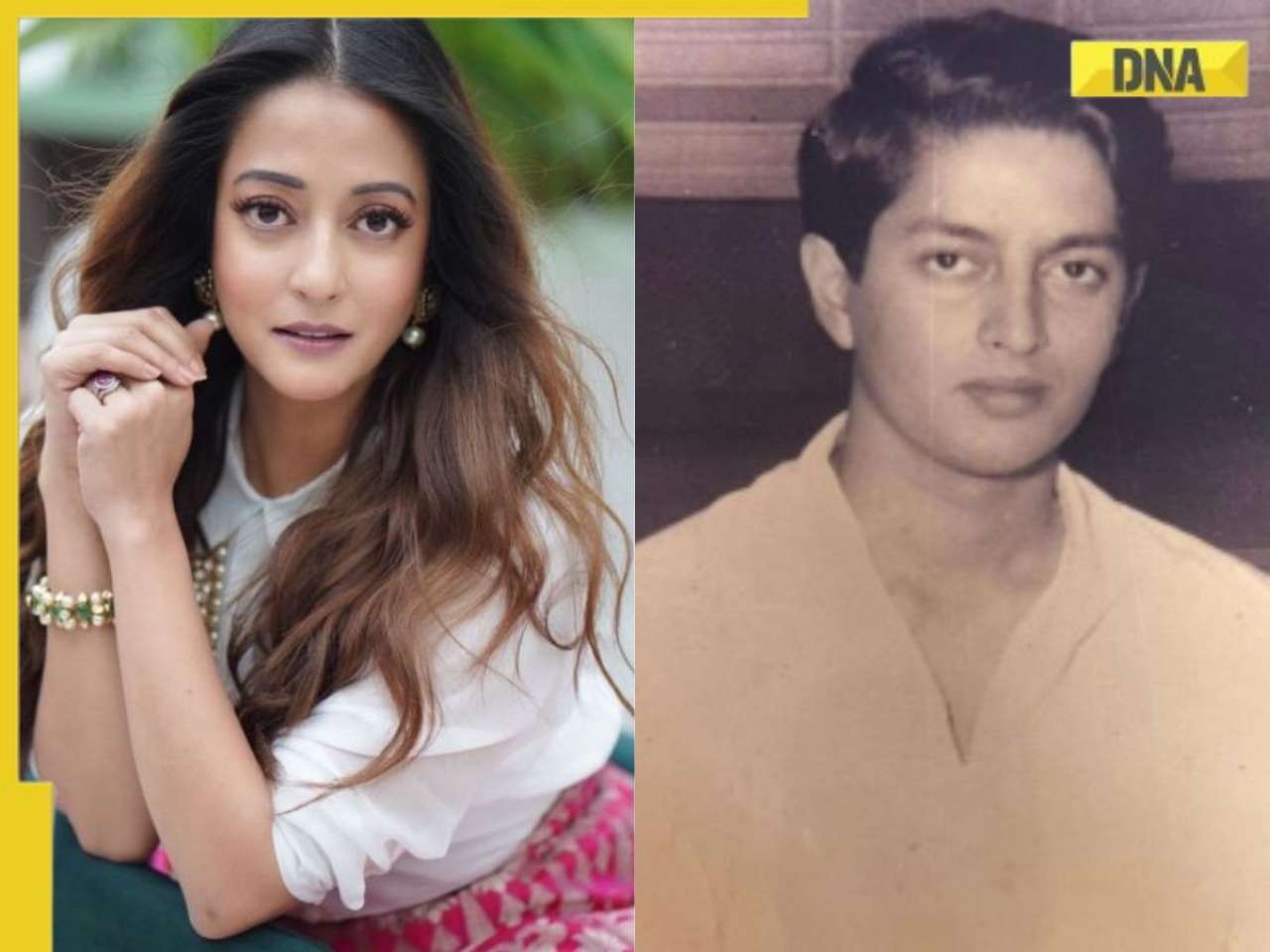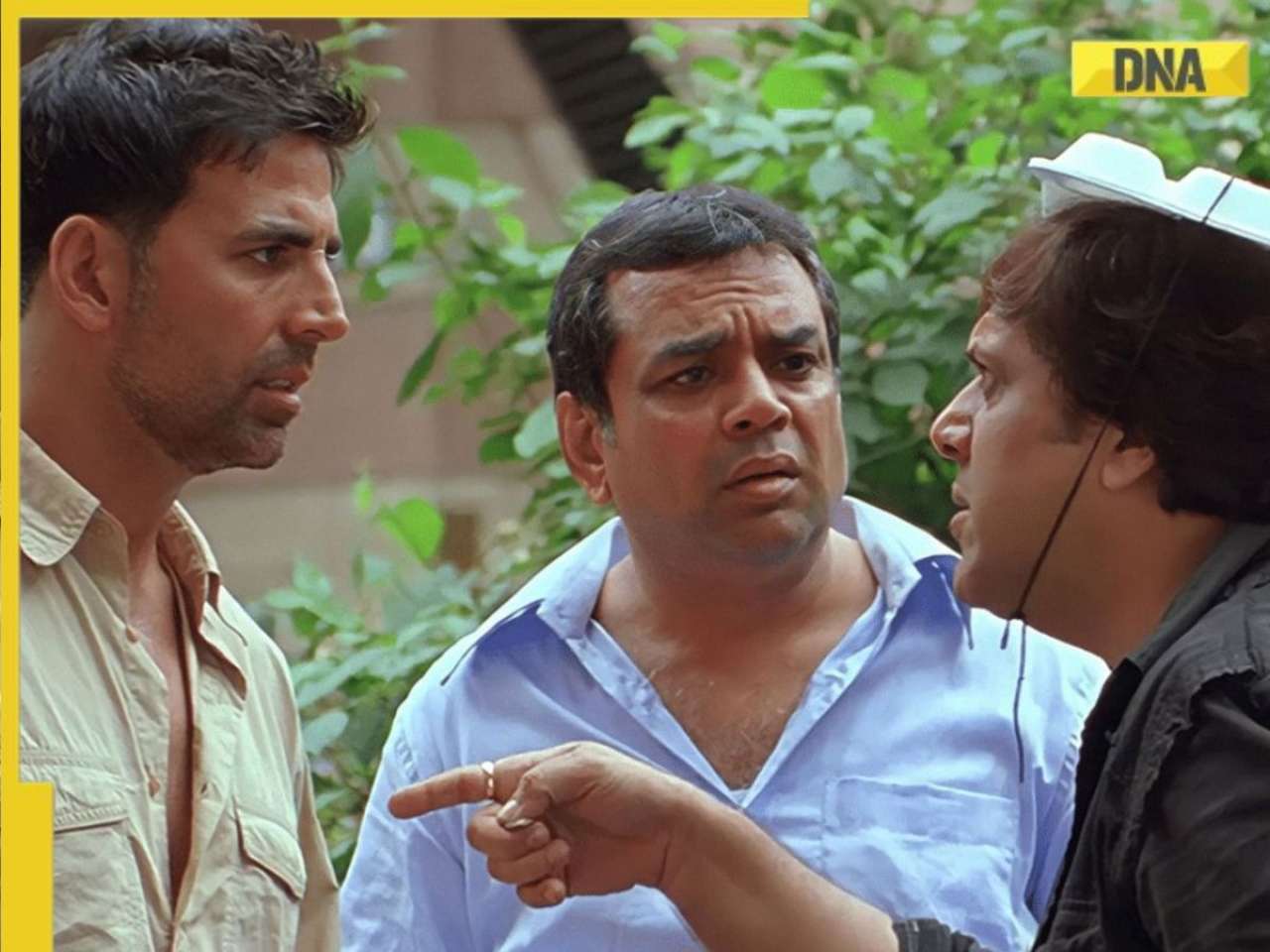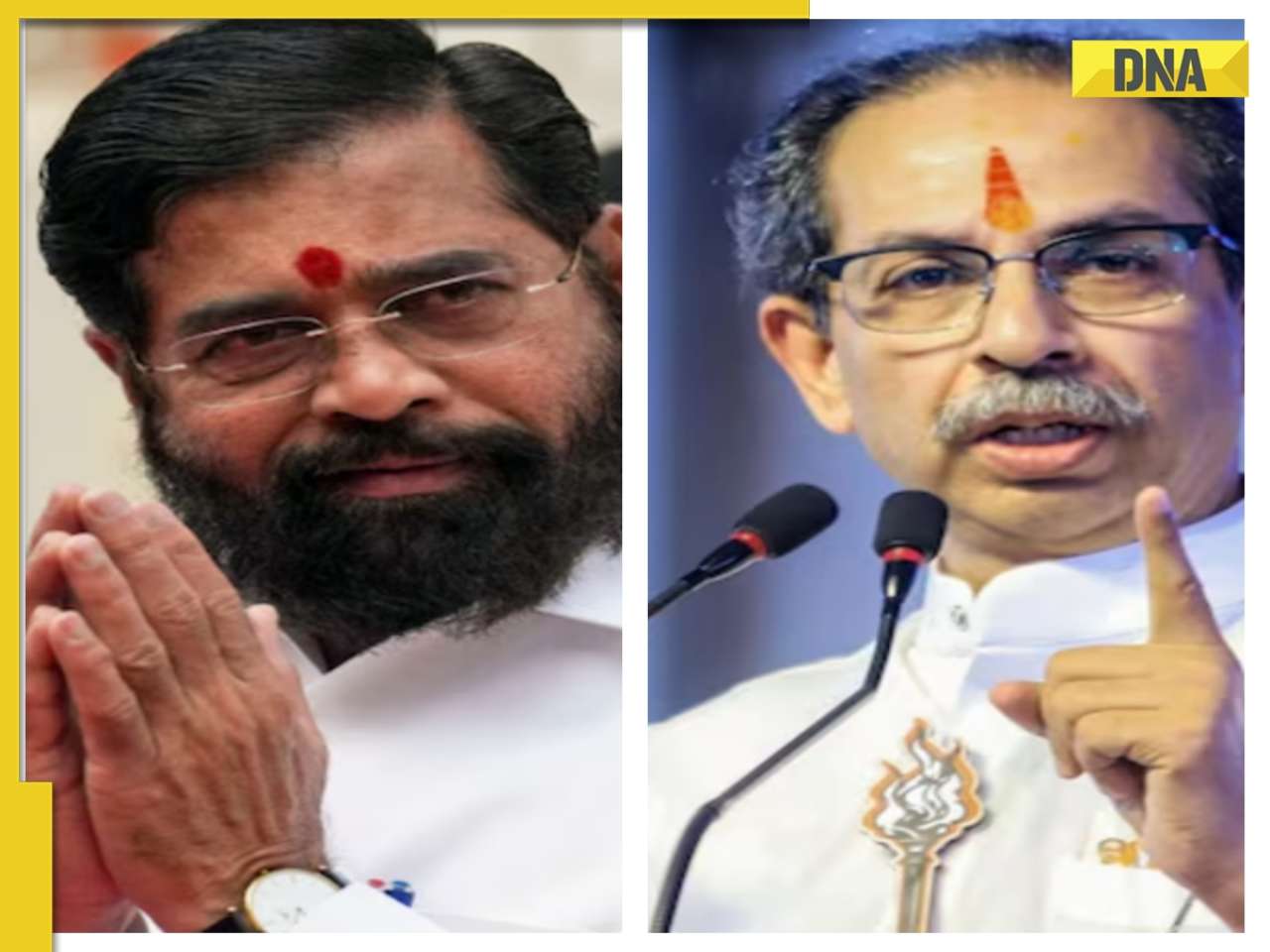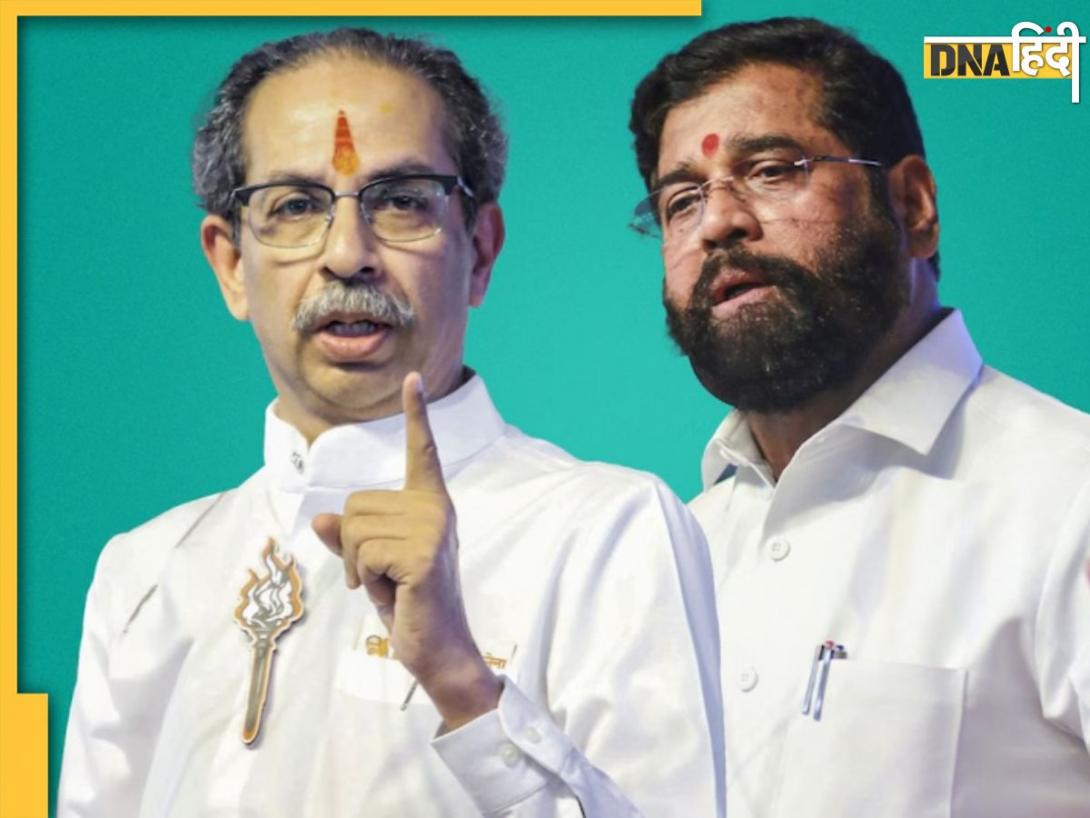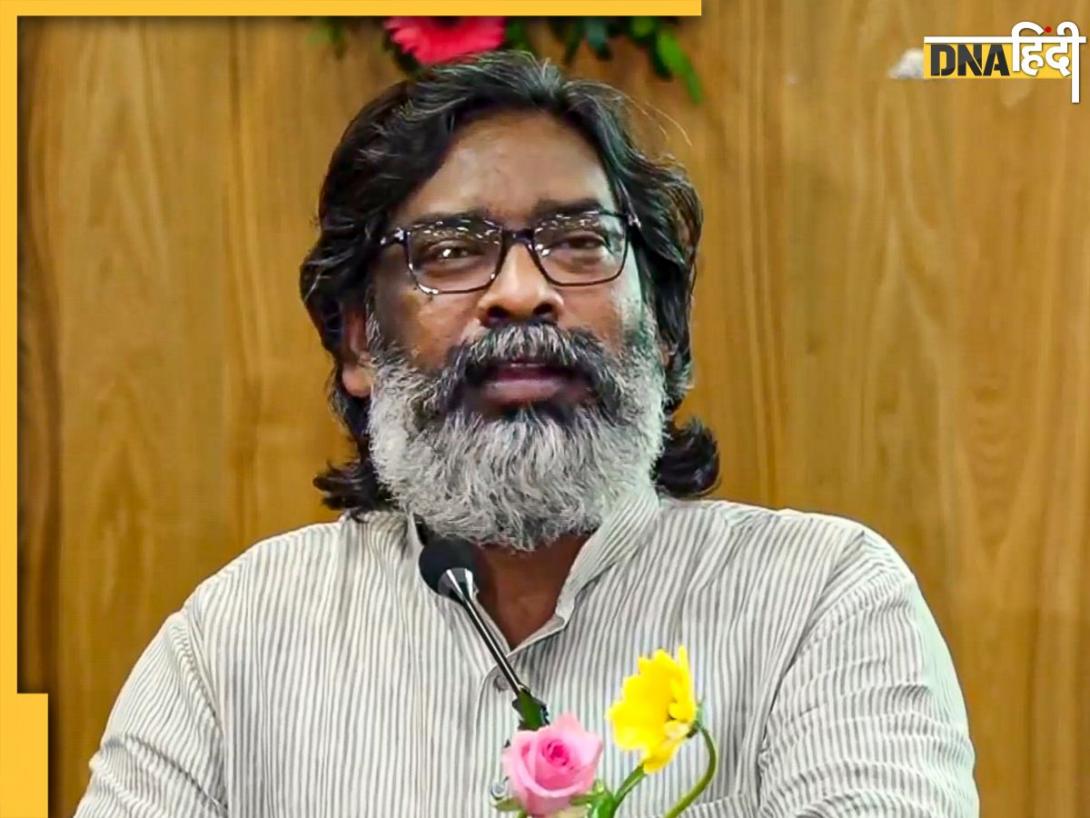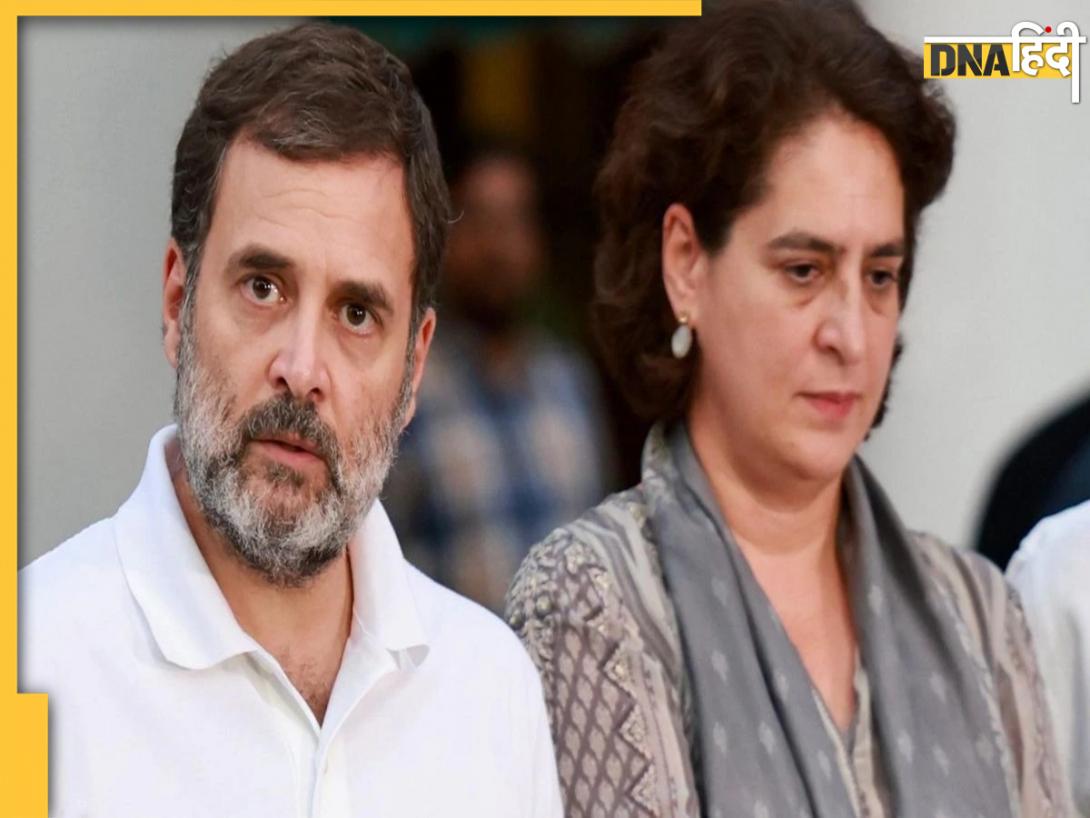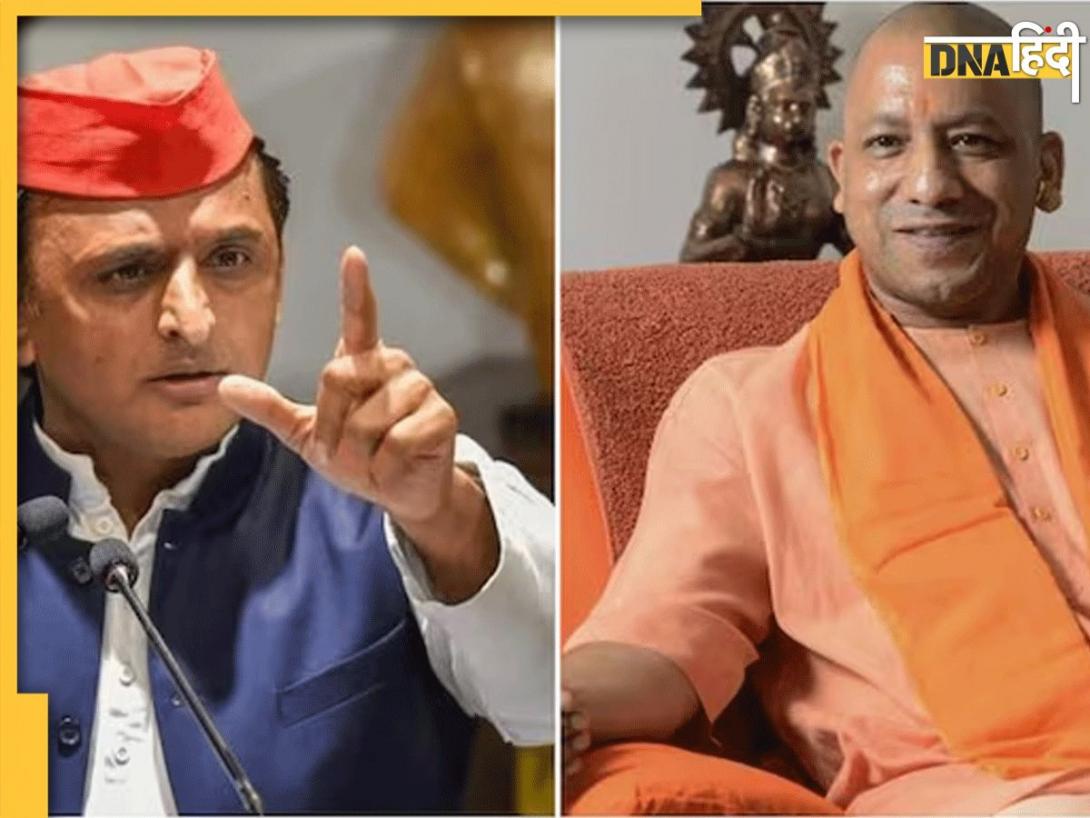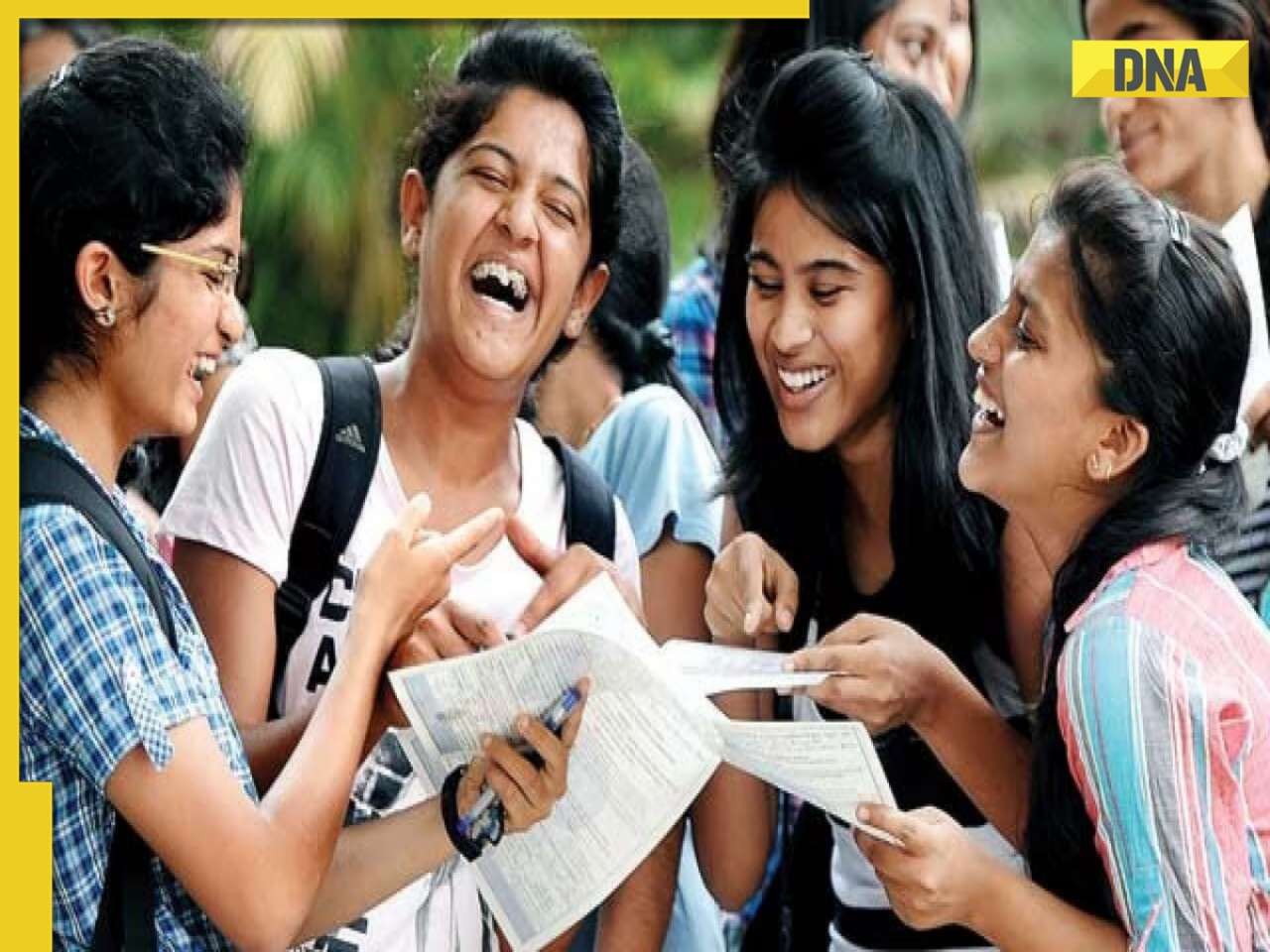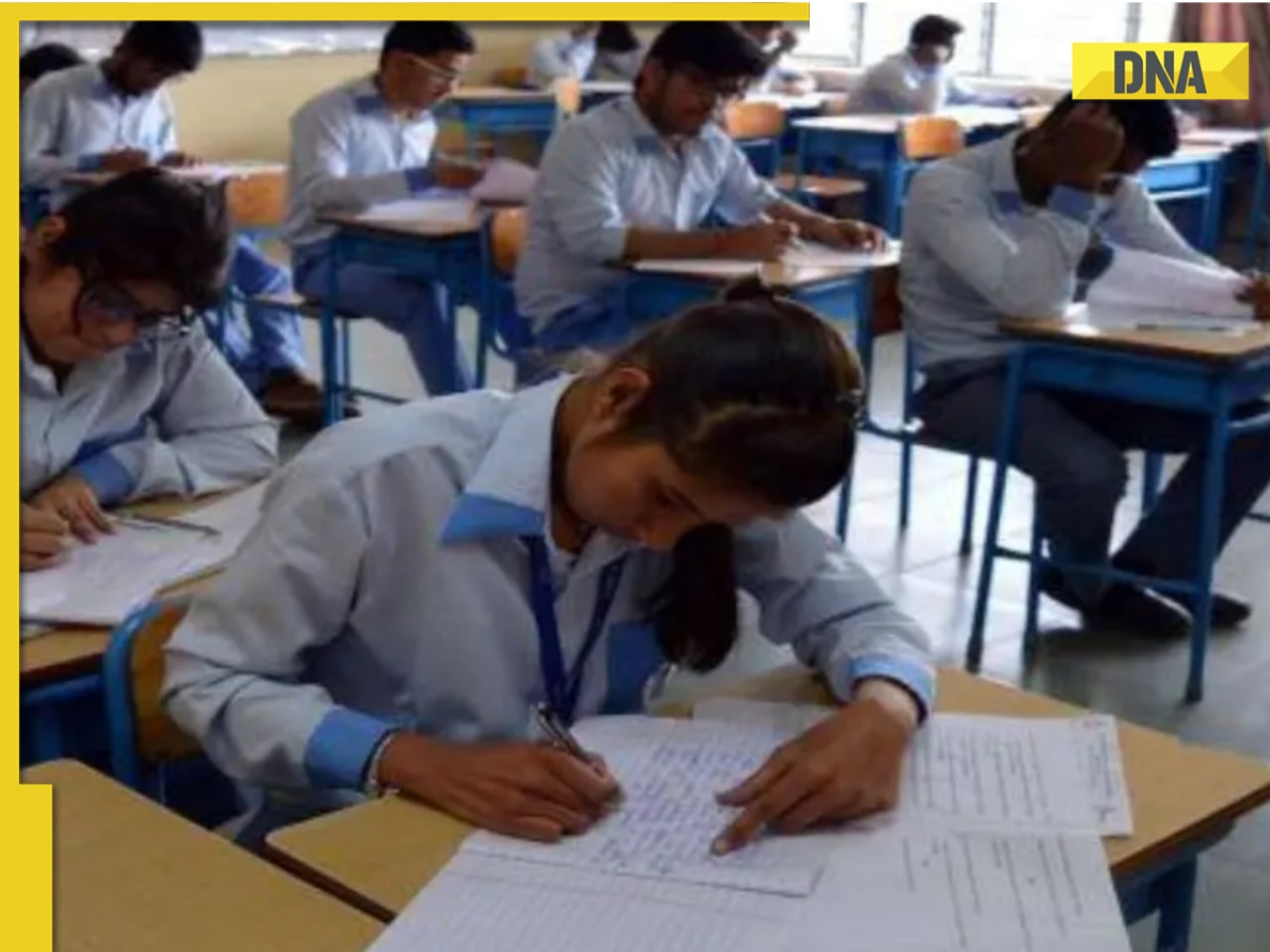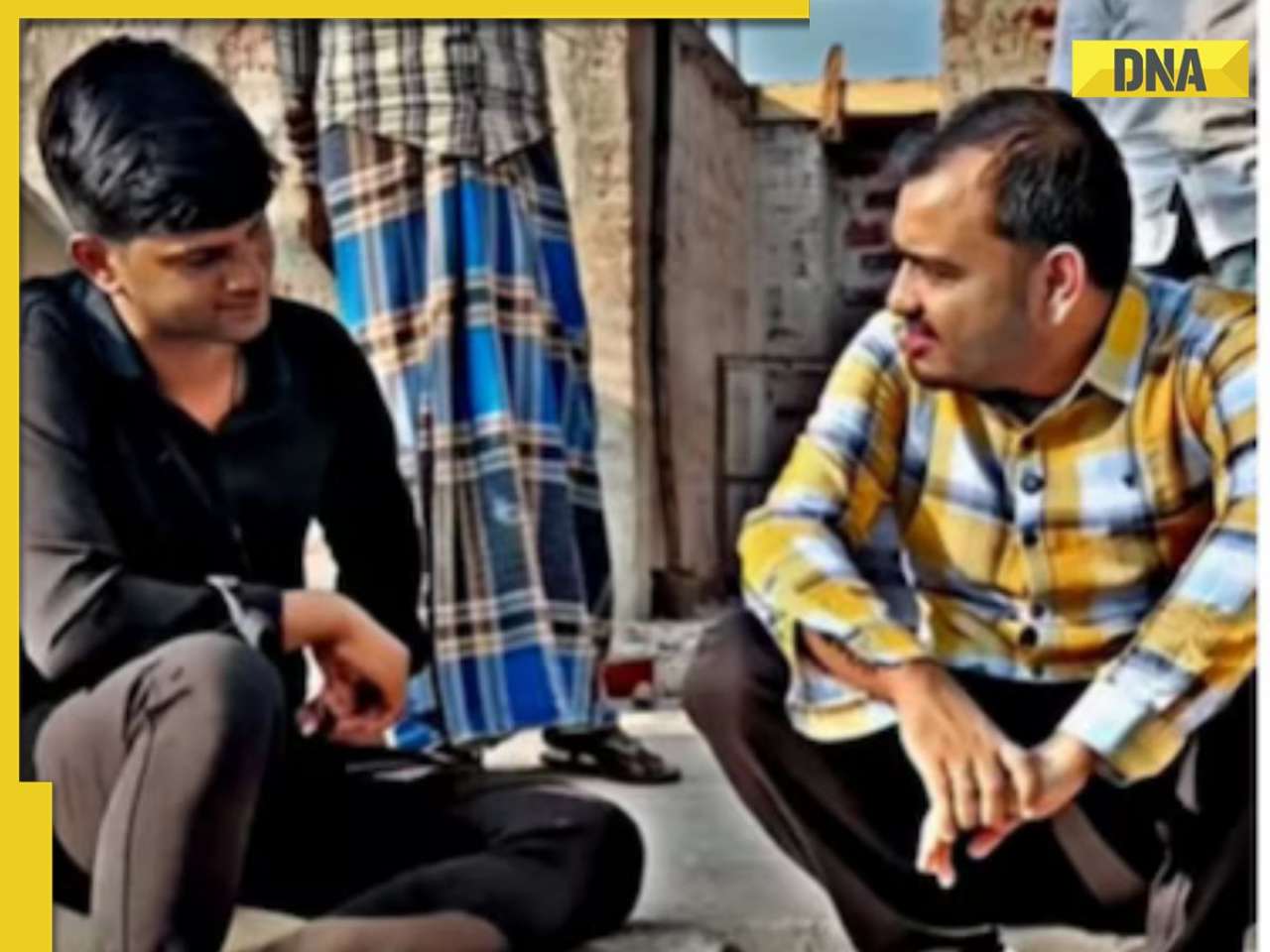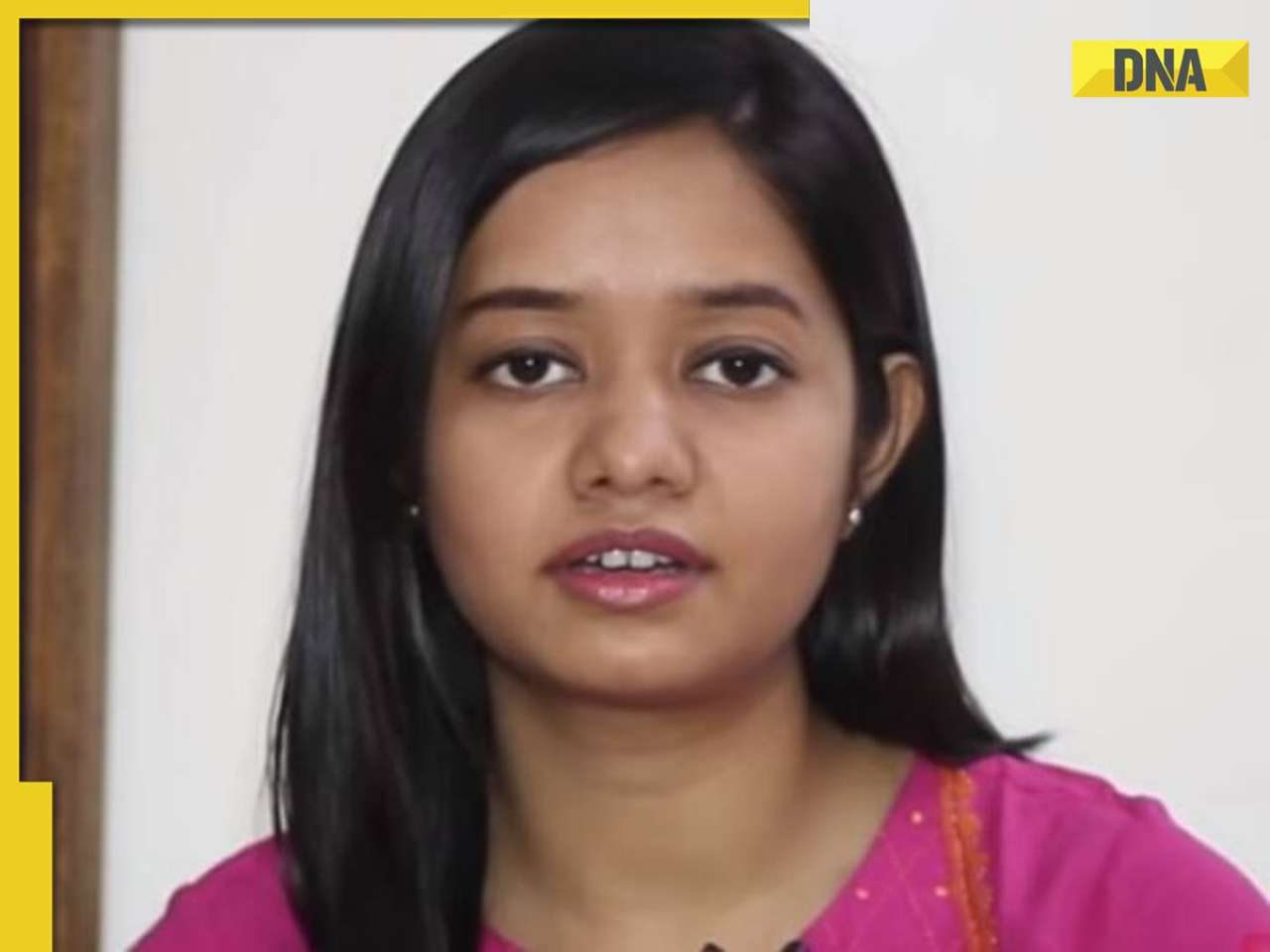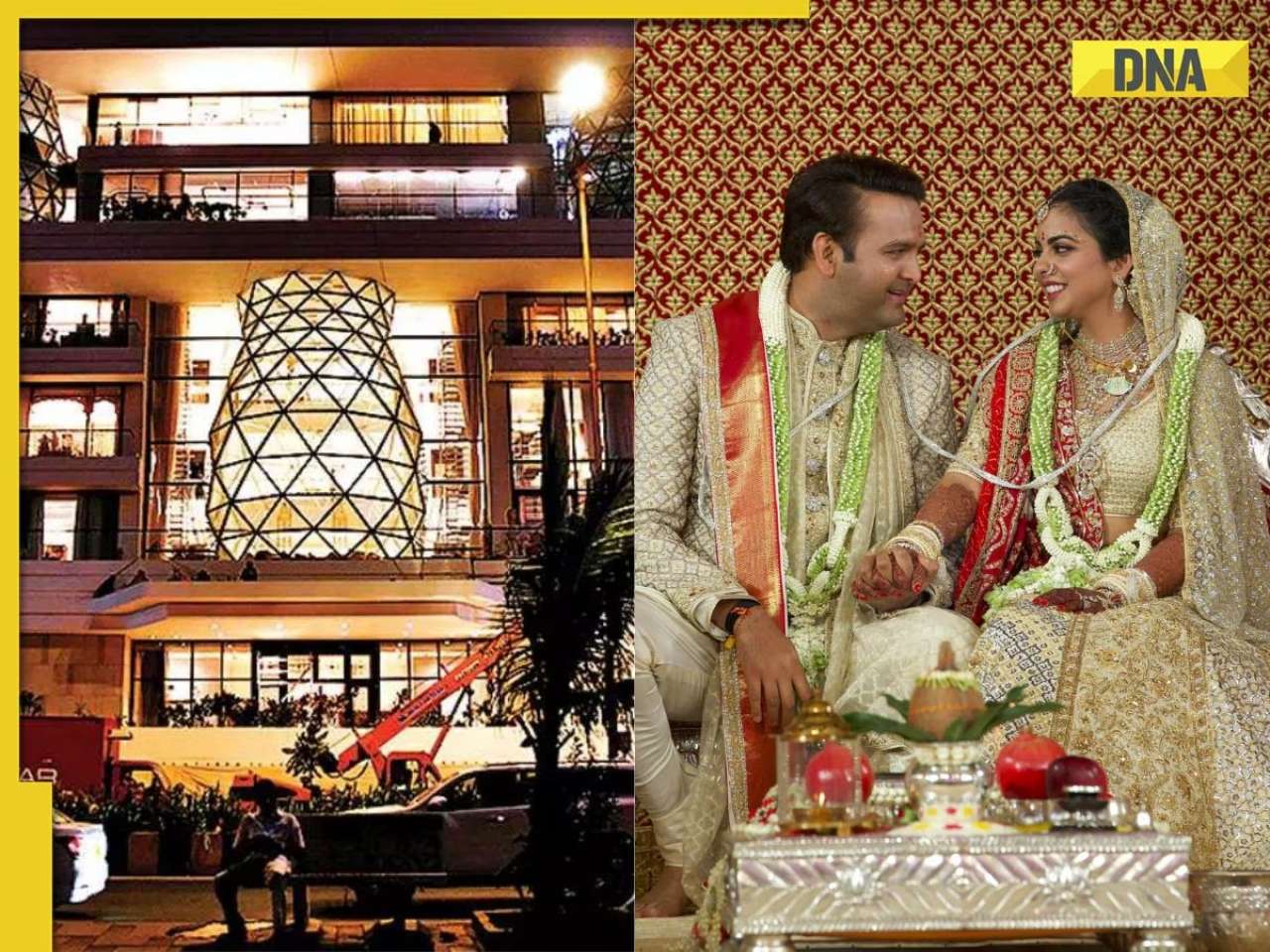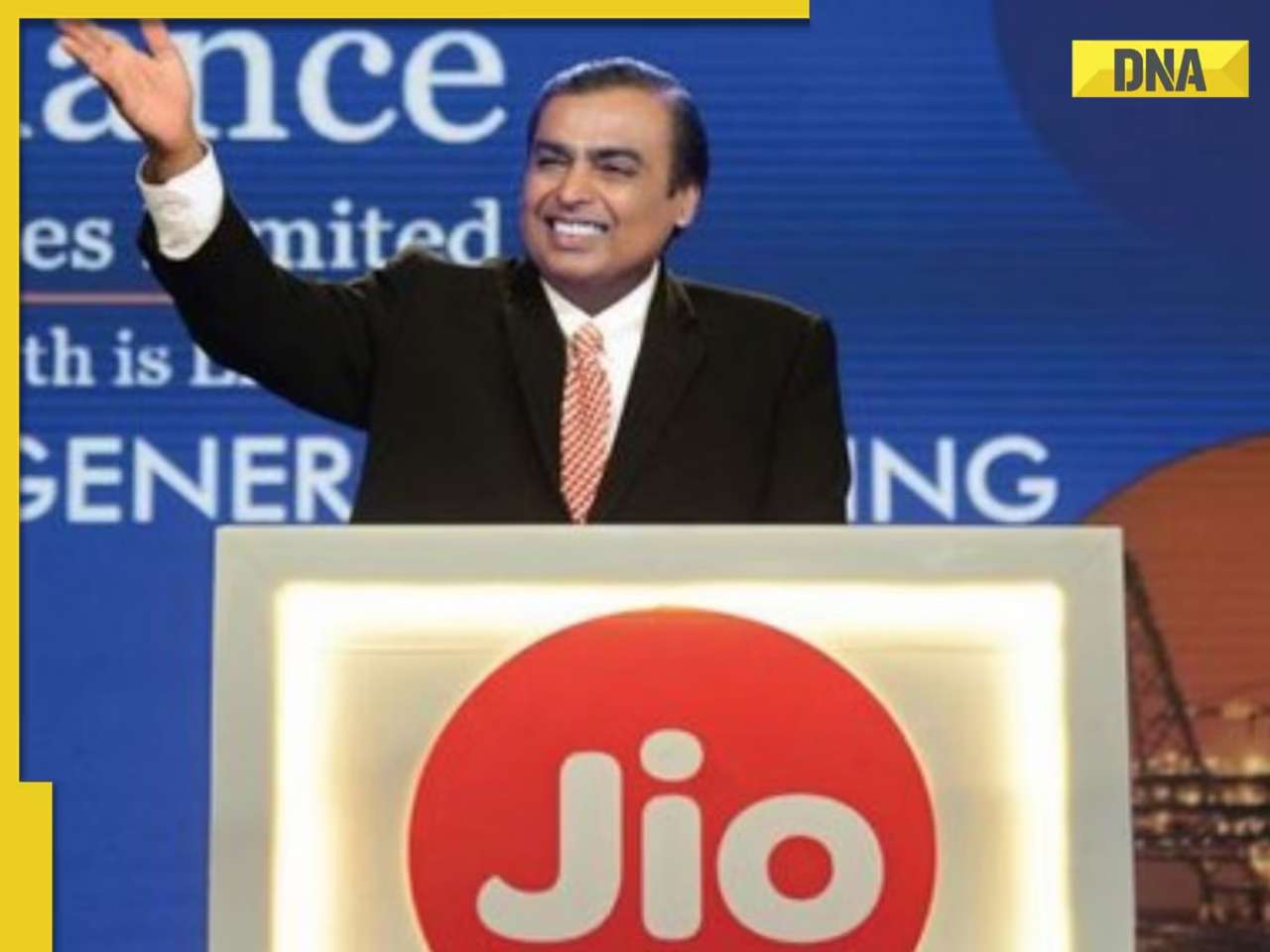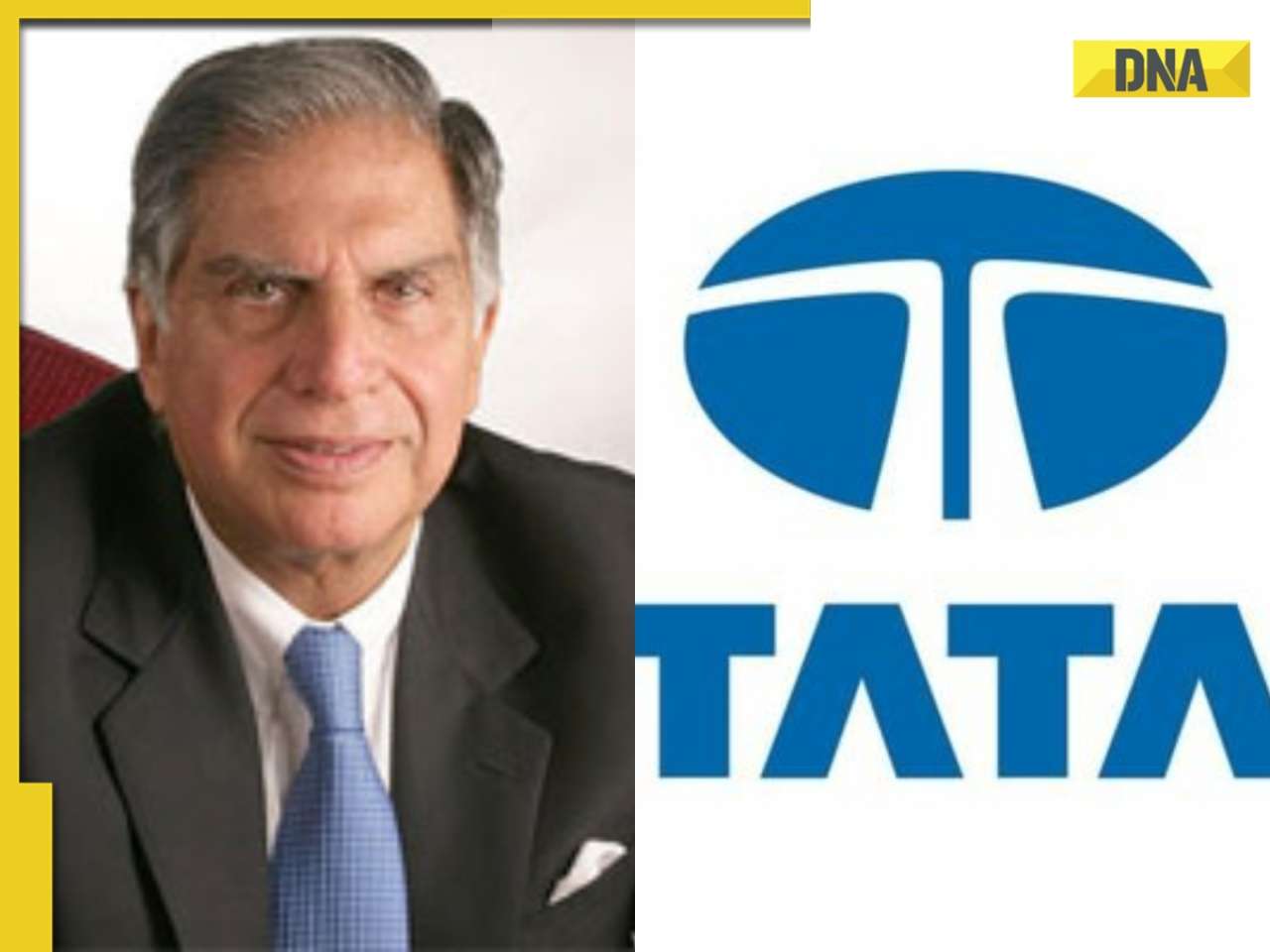- LATEST
- WEBSTORY
- TRENDING
ANALYSIS
Rethinking Hindutva: post-secular State ideology essentials
To try to prevent the commingling of blood is to build on sand. Sexual attraction has proved more powerful than all the commands of all the prophets put together: VD Savarkar
TRENDING NOW
Many Secular-Left-Liberal (SLL) friends are spending sleepless nights, burning the midnight oil trying to reinterpret, even reinvent secularism to retain its relevance as India’s dominant ideology. I, on the other hand, am more concerned about how Hindutva may be reformulated. Clearly, we need to move beyond VD Savarkar’s 1923 essay, originally titled, “Essentials of Hindutva” and retitled, “Hindutva: Who is a Hindu” in its 1928 reprint, while retaining those features that remain pertinent.
To start with the latter, we need to re-emphasise that Hindutva is not primarily a religio-theological term, but a geo-cultural one; as Savarkar himself put it, the definition of Sindhusthan was not based on “theological hair-splitting or religious fanaticism.” In other words, it does not imply a religious identity as much as a cultural-national affiliation. Those who wish to be part of a broader Indic civilizational narrative, regardless of their religious beliefs, may be regarded as honourable, not just honorary “Hindus.” In other words, Hindutva should be seen as inclusive of all faiths, not discriminatory or excluding. For instance, of Buddhism, Savarkar said, “We yield to none in our love, admiration, and respect for the Buddha-the Dharma-the Sangha.”
Secondly, we must recognise that Hindutva is socio-political in its orientation, not psycho-spiritual. There is thus no question of anyone being a second class citizen just because s/he is not born a Hindu. Misquoting or quoting out of context the remarks of Savarkar or MS Golwarkar should be seen as attempts to distort or tarnish the basic impulse of Hindutva, which was to create a strong and united nation.
Similarly, Hindutva, as befits our modern, democratic polity, should be socially egalitarian as opposed to hierarchical. Savarkar again: “A Shudra can become a Brahman and Brahman become a Shudra” and “in the Buddhistic period that a Buddhist father, a Vaidik mother, a Jain son, could be found in a single joint family, so even to-day Jains and Vaishnavas intermarry in Gujarat.” Savarkar has been consistently misrepresented; he did not believe in the purity of blood: “To try to prevent the commingling of blood is to build on sand. Sexual attraction has proved more powerful than all the commands of all the prophets put together.” And “A Hindu marrying a Hindu may lose his caste but not his Hindutva.”
Savakar’s original pamphlet, written much before Independence and Partition, strongly advocated not so much a Hindu state as an undivided (akhand) Bharat: “We Hindus are bound together not only by the tie of the love we bear to a common fatherland and by the common blood that courses through our veins and keeps our hearts throbbing and our affections warm, but also by the tie of the common homage we pay to our great civilization — our Hindu culture.” This greater union of all Indian people may be seen as a desirable ideal, but not stressed as an immediate goal.
Savarkar excluded those who did not accept India as their sacred or holy land from Hindutva because “their love is divided.” But they had “only to render wholehearted love to our common Mother and recognise her not only as Fatherland (Pitribhu) but even as a Holyland (punyabhu)” for them to be welcomed back to the “Hindu fold.” Savarkar insisted that such a return had to be “a choice of love.” If Hindutva is to be a state ideology, such an insistence on returning to the Hindu fold should not be asserted. A respect for the motherland and commitment to its welfare ought to be enough.
Finally, Savarkar considered Hinduism “only a derivative, a fraction, a part of Hindutva.” He had his reasons, but we might more fruitfully think of Hindutva, the political ideology, as an aspect, a fraction, of the greater stream of the dharmic civilisation that is India. In this regard, Savarkar’s example of praising Sister Nivedita, who neither had Indian ancestry nor was an Indian resident, as a true Hindu is exemplary. Hindu cannot refer only to geo-piety; India, as Raja Rao said, is a darsana, a way of regarding the world, not only a desa or place.
Whether or not Hindutva should replace secularism as India’s state ideology is debatable, but what is absolutely essential is to have a nationwide debate on what it means. As far as I am concerned, Hindutva should strive to be more plural than secularism, more inclusive than liberalism, and more progressive than socialism, if it is to win lasting and nationwide appeal. This means that vigilantism, bullying or beating up dissenters, and majoritarian bossism have no place in Hindutva’s large agenda of nation-building.
Correcting historic wrongs and injustices is one thing, but veering to extremism and civic violence is utterly counter-productive. Our leaders need to send a strong message that there are no cows holy enough to justify mayhem or lawlessness in the garb of protecting our religion or culture. Good governance, one law for all, and the welfare of the whole populace should define the agenda of Hindutva for the next few decades.
The author is a poet and a Professor at Jawaharlal Nehru University.
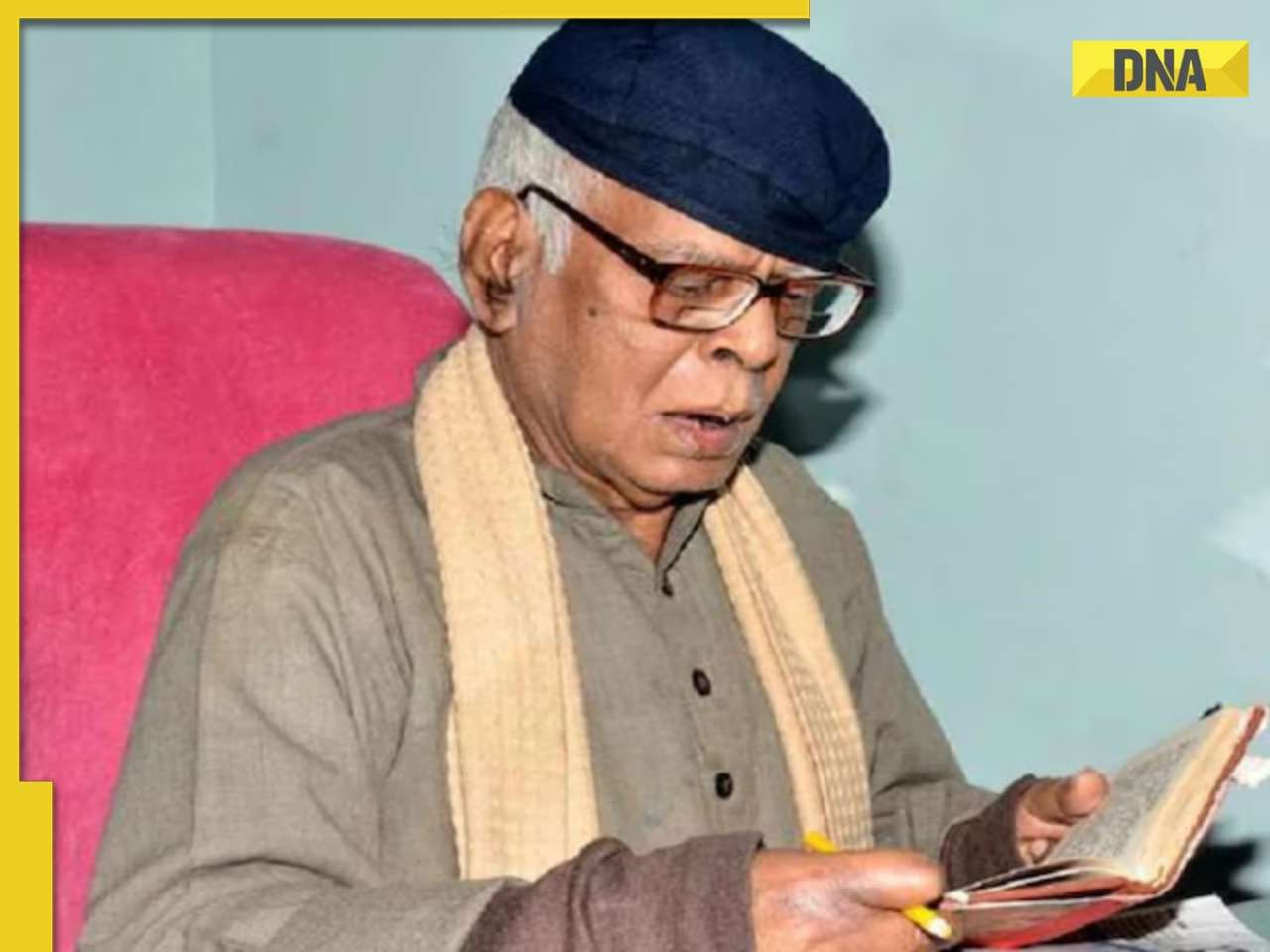




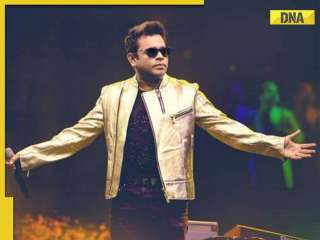

)
)
)
)
)
)
)
)
)
)
)
)
)
)
)
)





